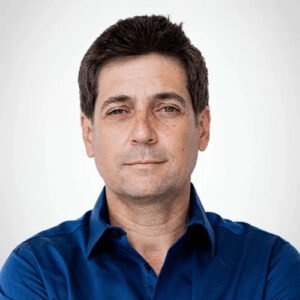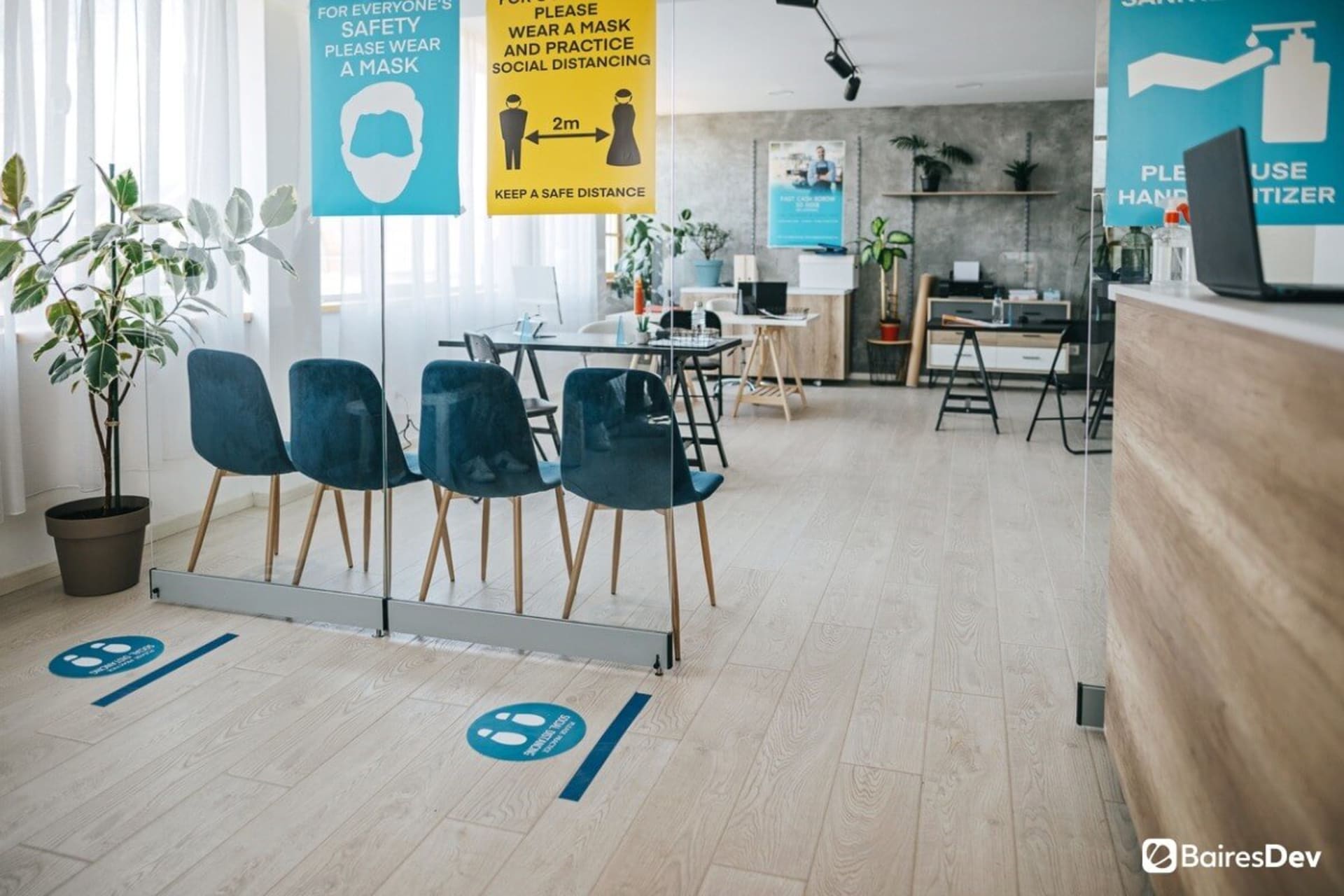Since COVID-19 arrived in the U.S. in early 2020, HR professionals and facility managers have been struggling to determine how to keep their companies functioning smoothly while helping employees to stay healthy and keep up with changing conditions. In the beginning, the challenge was creating successful remote work environments. Once vaccines were made available, the issues became whether or not to institute vaccine mandates and allow workers back into the office.
When the virus continued to spread even after vaccines became widely accessible, company leaders questioned whether it made sense to keep offices open or partially open and, if so, under what conditions. Because the virus hasn’t receded as hoped, nearly two years later many businesses are still determining what’s best for their companies and employees. As they do so, they are juggling many concerns.
The situation remains complex and challenging, and some operations may be unsure of all the matters to be considered. That’s why we’ve created this list of topics to think through. It may not cover all the requirements for every organization, but it offers a starting point for some of the most important ones, including health status tracking, personnel tracking, and creating a healthy work environment.
Determine New Rules
To know what processes you need to develop to safely welcome workers back into the office, first determine what rules you want them to follow. Here are some ideas to start with:
- Vaccine mandate. This decision is probably the biggest one you’ll have to make. A mandate may be offensive to some employees, while a lack of one may be unacceptable to others. The matter is complex and goes beyond the scope of this post, but many resources are available to help you determine what’s best for your organization.
- COVID screenings. Whether or not you implement a vaccine mandate, you may want to require employees — as well as others who enter your premises — to regularly get tested for the virus.
- Health checks. Another way to ensure team members aren’t coming to work sick is to create a way for them to report their symptoms and other important information (such as exposure to others who may have had the virus).
- Mask mandate. Masking is still one of the best ways to prevent the spread of the virus. Since it’s easy and inexpensive, most businesses should require it for employees working in the office. However, some companies may have specific reasons not to, such as having only vaccinated people widely spread out.
- Sanitation stations. To create an environment that encourages healthful behaviors, consider creating sanitation stations that have things like masks and hand sanitizer. They should be placed throughout the office, so they are easy to get to.
- Office reservations (hoteling). Social distancing can still help prevent the spread of the virus and one way to achieve it at the office is to limit the number of people there at any given time. You can set up a system for workers to make reservations to be at work at certain times, a practice known as hoteling.
- Occupancy rules. You can also limit how many people are in a given place once workers arrive at the office. As team members move between facility offices and rooms, you can use technology to track and limit the number allowed in each space.
- No-touch architecture. To prevent people from making contact with surfaces, you can install fixtures like no-touch bathroom faucets, and doors that open automatically upon detecting a person near it, or via the use of an app.
- Travel, meetings, and amenities. Finally, you might consider limiting behaviors that are more likely to put people at risk, including meetings or conferences that involve travel, meeting together in person, or even having a coffee station where workers often gather and chat at length.
The decisions you make at this stage will help you determine what technology or processes you need to pursue. We explore those solutions in the following sections.
Tracking Health
Companies that implement a vaccine mandate will need to have a way to check that employees have complied. Some are using the honor system, asking workers to provide accurate information about their vaccine status. Others are manually checking CDC vaccination cards. Still others are using apps that can check and, in some cases, verify CDC information. Some of these apps can also be used to track COVID test results and self-reported or employer-gathered health status information.
Before implementing such apps, familiarize yourself with potential employee concerns, such as those expressed in the following news report:
Tracking Personnel
As with health tracking processes, there are many ways to track personnel. For a small office, an Excel spreadsheet may work to record who will be in which office at what time. Larger organizations may need a more sophisticated system. Computerworld explains, “Most of these platforms allow companies to upload an office floor plan that shows individual workspaces…in addition to meeting rooms and common areas…. Employees use web or mobile apps to search available workspaces for a given day and reserve a desk in advance.”
Using sensors, other platforms are available to track human movement and how many people are in a given space at one time, then disallow others from entering that area until someone has left.
Creating a Healthy Environment
To maintain a clean and healthy environment, office managers can simply implement rules about hand washing, mask wearing, facility cleaning, and other healthy practices. As mentioned above, the placement of hand sanitizer and other supplies should be in areas where people are likely to need them most, such as in “high-touch” areas including doors, elevators, water fountains, and welcome desks.
New technology can be used to help team members stay touch-free. They include automatic lighting, heating, and cooling systems that turn the lights on when people are present, as well as app and sensor combinations that enable workers to operate doors and elevators using only their phones.






